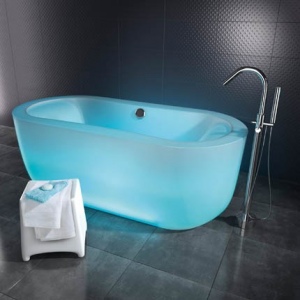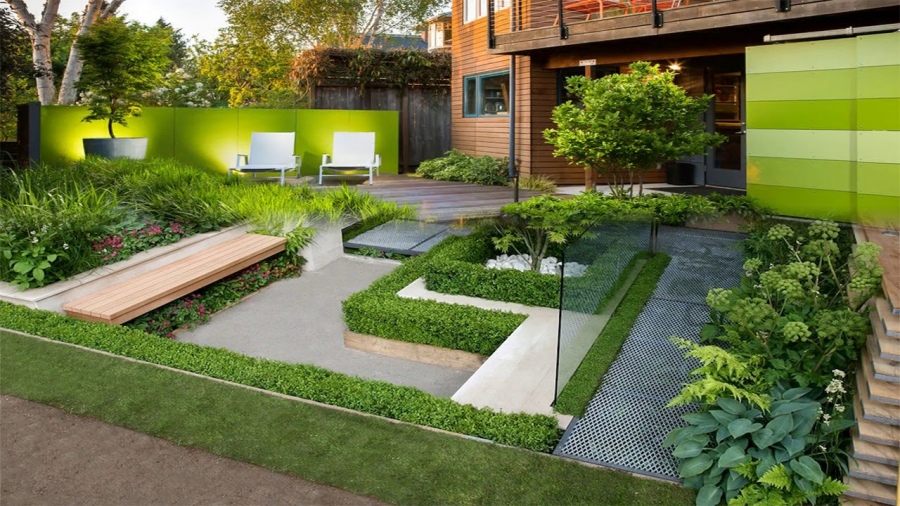Picking up a brochure on the styles of conservatories available can read like a history book: Edwardian, Victorian, Georgian…Are you falling asleep already?
Don’t worry; knowing your way around the different styles of conservatory is easy-peasy. What you should be concerned about is getting the right conservatory to complement your property. You need to enhance your house; not build an extra room that sticks out like a sore thumb, so swat up on which conservatories will suit the age of your home.
We should start by saying that there is no fixed interpretation of the different styles – our guide picks out the most common attributes of each design. Conservatories can be adapted to meet your tastes, so don’t be afraid to make demands on these styles which don’t meet the ‘traditional’ mould. You should keep in mind how you plan to use your conservatory, as its function may demand increased space or light.
Victorian Conservatories
Conservatory owners love a good Victorian conservatory. It has been named the most popular style, with its clean, strong lines and English finish. Usually, the only factor that separates the Edwardian conservatory from the Victorian is that the Victorian windows are bay-fronted, giving it a rounded appearance. Although this looks nice from the front, it does compromise the space within.
Edwardian Conservatories
Pretty similar to the Victorian style in many ways, an Edwardian conservatory differs in its flat-fronted windows. Their rectangular shape means that more space can be used and the simple design does mean a cheaper conservatory for you.
Georgian Conservatories
Good luck differentiating between a Georgian conservatory and an Edwardian. The only defining feature is the number of bars that appear to segment the glazing panels into smaller units. This can have an exceptionally grand effect if you want an element of class.
Lean-To Conservatories
However, if you are looking for a simple and effective conservatory, the lean-to is ideal. You may be able to utilise already existing walls of your house to cut costs and it’s easy to build. A fancier name for this room is a ‘Mediterranean conservatory,’ and it matches perfectly with 2 furnish conservatory furniture, so you can relax stylishly in the sun. Some people consider this the perfect shape to accommodate a long table – if you plan to throw lavish dinner parties, you may find the lean-to a charming and open area to serve up your best dishes.
Gable Conservatories
If you turned your greenhouse into a conservatory, it would look like this. Although a gable conservatory is not very different from an Edwardian, it looks a lot more modern and the roof ridge runs across the entire room, creating a better sense of space.
Orangeries
No, this isn’t a conservatory that is full of oranges. Traditionally, orangeries were built to grow citrus fruits, and that is how this conservatory got its name. It’s halfway between a house extension and a conservatory, so this particular room can be expensive to build.
This blog post was written by blogger Jamie Knop on behalf of 2furnish who offer a range of furniture for conservatories.




